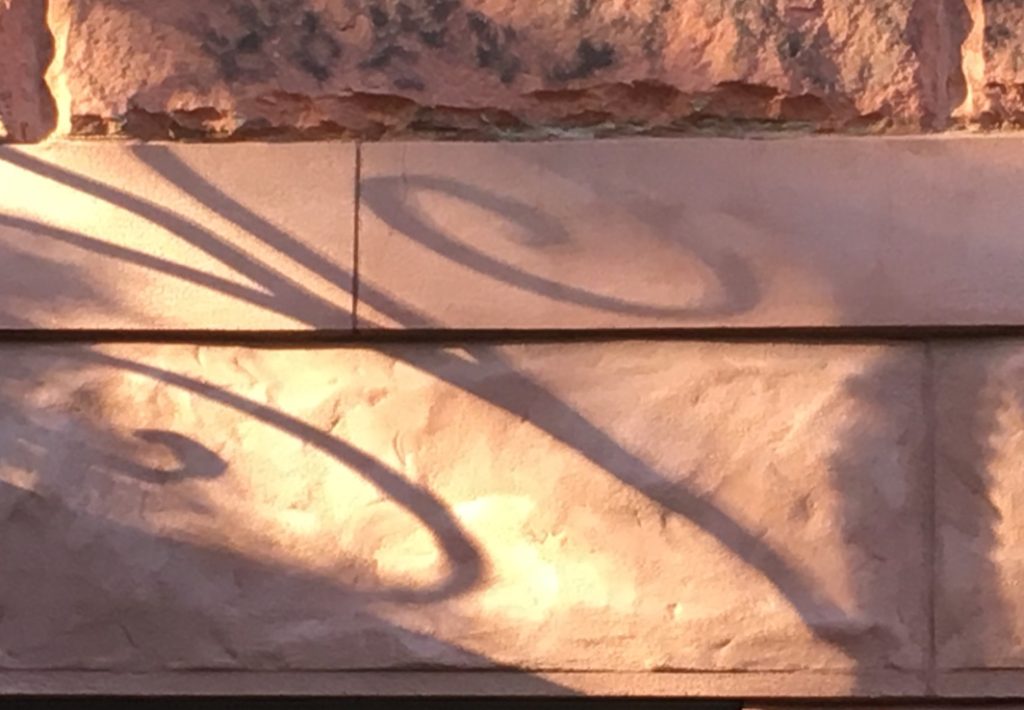Face mask smile
Face masks are now recommended for any time we spend in public spaces. This adds another layer (literally and figuratively) to how we use our instruments of self. In a short amount of time, we have adjusted to teaching, learning and connecting through the glowing screen. Now, even in real space and time, our faces are covered. We connect via screens and we are partially screened when we can connect in actual time and space.
When I first began wearing a cloth mask, I felt as though I had to shout through the fabric. I couldn’t hear my voice in the space around me in the same way as sans mask. Then I recalled that my voice comes from my entire resonating instrument, and that pushing through the fabric would narrow and limit my instrument rather than express my voice. Opting for less push, more of the ground and a fully breathing back reduced strain and distress.
It was vaguely confusing to not see neighbors’ facial expressions, and to know they could not see mine either. Friendly waves resolved that issue, and notably calmed my heightened nervous system. Acknowledging or initiating a wave has become a new means of easing concerns, connecting in crisis, and remaining in community. There are also head nods, slight bows, and the jaunty and cheerful sidewalk step aside.
We are all learning to refine and adjust quickly these days. We can remind ourselves that we have the big brains and the unified fields of self to do so.
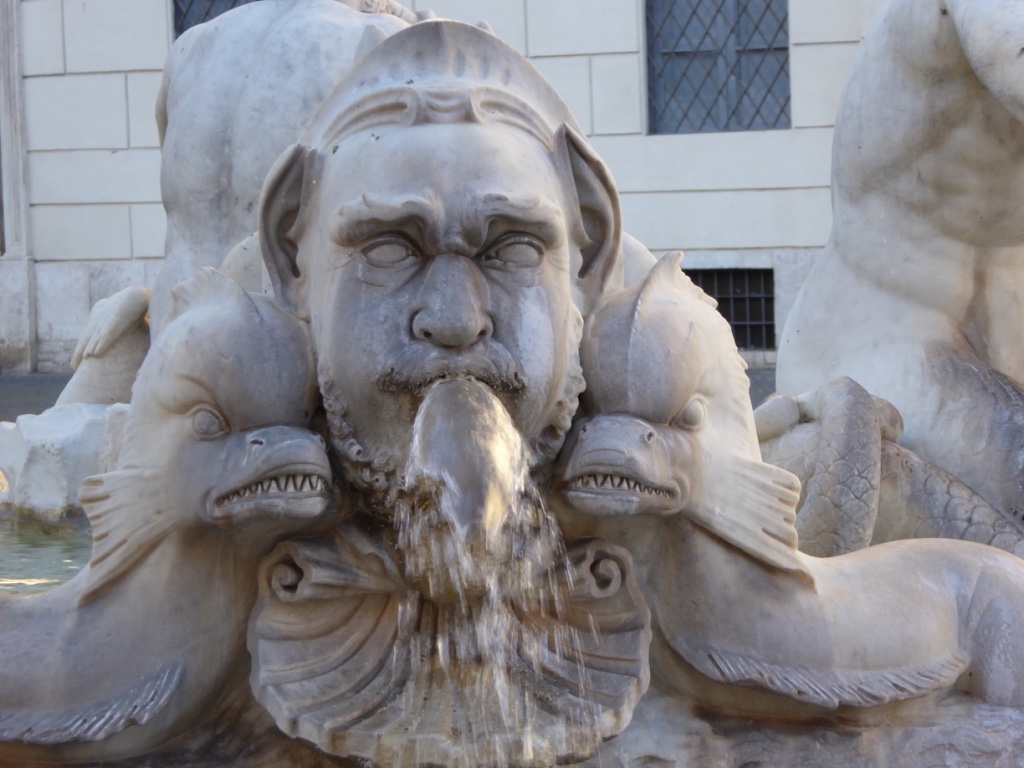
Speaking to the screen space
For the ongoing now in which we improvise, the screen is our means for teaching, learning, connecting and working. Our voices move through surfaces and satellites instead of through the room in which we breathe and move.
Vision and attention are drawn to the screen and the people in the screen in a very different manner than how we sense others in actual space. Wherever our attention goes, our entire co-ordination follows. If we are in the screen with our attention, we are not in the room. Our entire instrument has likely narrowed, shortened and pulled up.
A ha, another crisis-tunity! (They seem to come in multiples lately)
During early days of seeing students online, decades of Alexander dynamic non-interference evaporated as my attention pulled to the screen in a longing for normalcy and connection. I had narrowed, shortened, strained to achieve an outcome. The internal emotional stimuli and the external visual stimuli clearly required a new and more elastic response.
I began reminding myself that the force field of gravity sends me elastically upward, that the space all around breathes me. and that the airwaves move through me from behind me to and through the screen. The ground enlivens my elastic response so I can bring my attention cheerfully, curiously, creatively outward. My senses receive so I can express.
It’s incredibly complex and sophisticated to speak. Now we are speaking on screens, instead of on stages, in rooms, on the street, at the coffee place we love and miss so much. We’ve gone from air waves to ear buds in the blink of an eye.
And yet, the ground still supports me and sends me up, waves of air move through me and out again, the person on the screen may be far away in space but close in connection.
I let my voice come from the room, not from my urgency
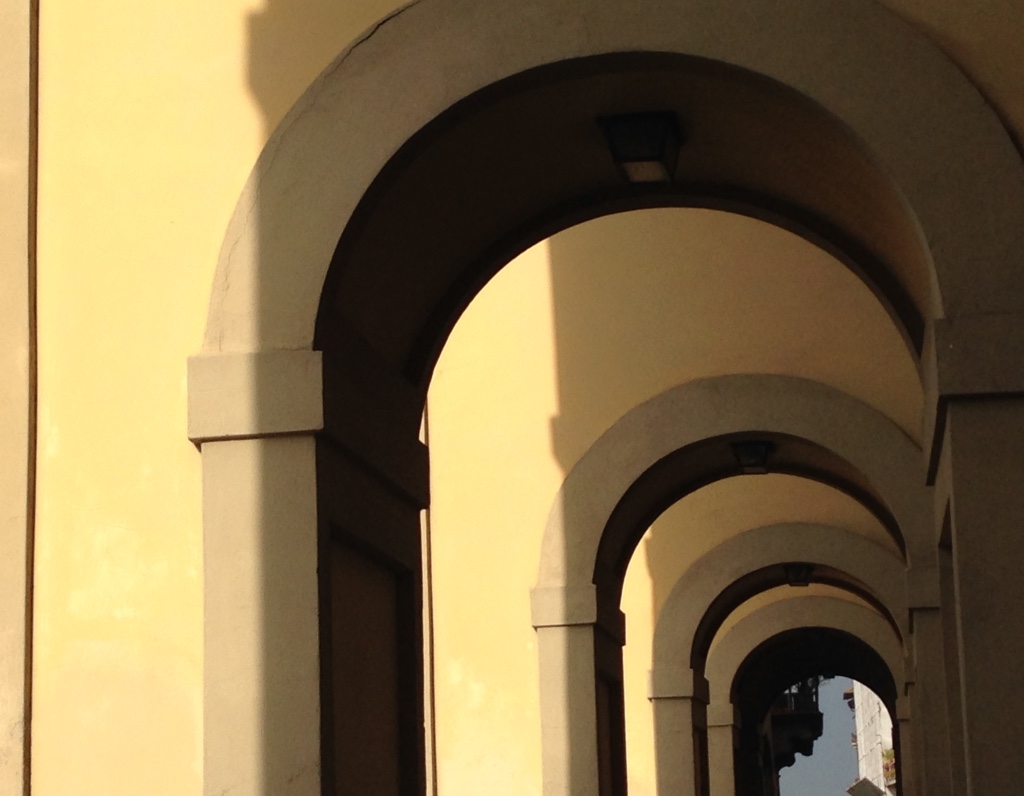
Screen world: learning, teaching and use
How we connect, teach and learn has changed dramatically in recent weeks. The glowing screen has become our necessary means, our gathering place and our latest challenge in the use of our selves. The following includes some of what I am learning as the screen becomes my means.
Eyes and ears: while teaching or learning via a screen, our vision and hearing become vehicles for information. As an Alexander teacher, my hands are typically my primary instrument to receive and convey information. Now, my eyes and my ears are my hands, in a sense. My initial tendency in learning and teaching online was to reach with my eyes and ears, and to pull myself toward the screen. I was narrowing and shortening to see and hear. Not what I want to best use myself, and I want my best use of self to teach well.
Today, in giving a “lesson” to a TaiJi instructor (who also is teaching online), we experimented with allowing vision and hearing from the entire breathing back. This allowed us both to receive information, rather than strain to get it.
Voice: As in early cell phone days, I noticed myself shouting at the screen in my urgency to connect. My throat and neck hurt after my first days of online teaching, which is certainly not what I want (and rather embarrassing for an Alexander teacher). So, instead, I allow numerous dynamic pauses in which I request (cheerfully and with happy curiosity) the ground to support my resonance. I welcome the entire space around me, especially behind and above me, to transform the wave of breath to sound and tone. Throat and neck are no longer sore, even as I increase lesson scheduling.
Words: Teaching online is an ongoing improvisation, during which I am responding to my student on the screen, and to what my student reports about experience in the moment. Dynamic pauses of even a few microseconds allow the words to arrive from my entire instrument rather than just my over-eager self. The words compose themselves when I welcome the ground, request a larger attention, and include a cheerful refusal to “get it right”.
The entire self: just as in any lesson I am giving, or class I am taking, all of me is necessary for the most productive outcome. Decades of teaching with my hands refined this entirety of response, this unified field of self. It is an entirely new experience for me to teach (or learn) by the current means, but my intention is to rise to demand with all of me. So, I take a moment before a lesson begins to ask my arms and legs to undo out of my entire breathing back, to fix less, undo more overall, to receive gravity as the source of my elastic response, and to embrace the not knowing that a new experience requires.

The necessity of new means
How we live our lives, and the means by which we accomplish the ongoing details of life, have changed dramatically and suddenly. The whole notion of what is safe and what’s unsafe has flipped. Children can safely ride bikes in some parking lots (no traffic!), but greeting a friend with a hug is taboo.
Government guidelines in Washington State have wisely restricted interpersonal contact in hopes of slowing the coronavirus spread. Obviously, hands on Alexander lessons are inadvisable. A means unfamiliar to me, teaching via electronic platforms, has become necessary.
This electronic means is one I have previously resisted, to put it mildly. But if my intention is to learn and teach, who says I have to define means from previous conditions? Life has changed. Means must adapt.
In case this isn’t abundantly obvious, this sort of thinking can apply to anything. Who says we have to (fill in blank of activity) as we believe we have to do it? Here is our crisis-tunity to allow new solutions.
I am learning how to use my entire instrument of self with this new means (seeing my students with my eyes through a screen, rather through my hands). Reports to follow as to what I learn and how that might be useful to others.
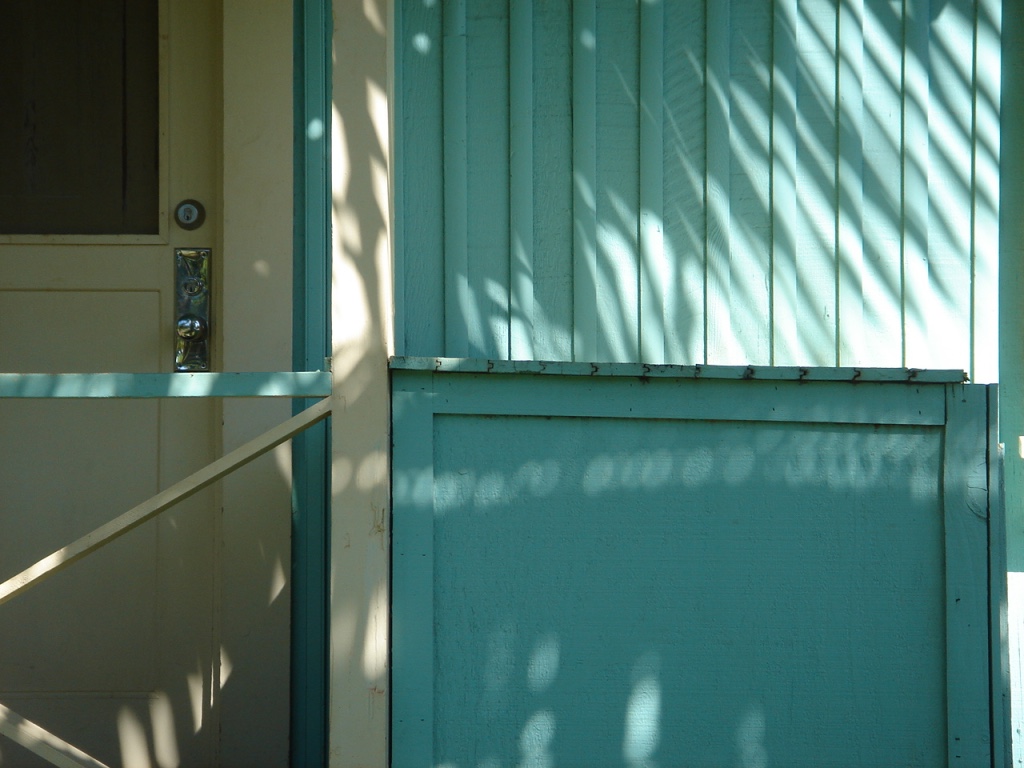
I’m Walking Here
Thankfully, we in Seattle are still allowed to walk outdoors under current government guidelines, as long as we maintain physical distancing from non-household members. Walking is my primary and preferred transport mode at all times. Currently, walking has become a coping strategy, data collection mode, and a rhythmic procedure for overall balance.
Coping strategy:
These are anxious times. We have a combination of deepening uncertainty and a flood of information. Our familiar means of coping are either unavailable or drastically changed. In order to protect our communities, we have to physically disconnect from community. Remaining mostly at home day and night, either alone or with family members or roommates, rattles our habitual rhythm of independence and interaction.
I don’t walk to suppress, repress or deny anxiety. If I wasn’t anxious, there would be something very wrong with me. I walk to allow anxiety to both exist and move through me. While walking, I notice sensations that I label “anxiety”: furrowed brow, tight jaw, whirling and repetitive thoughts. Good, I have noticed my state of being, and now I can make choices.
While walking , instead of struggling to quiet anxiety (which has every reason to exist), I can ask to change my attention, and to allow a dynamic pause before I tighten further. I ask to attend to the scenery, cloud banks, tulips, birdsongs. I haven’t pushed anxiety down, I have lifted attention up and out. It’s a dynamic pause in motion.
Data collection:
Walking provides information on how I am doing what I am doing. What i want is a unified field of self, a balance of tone that moves me through all aspects of living. If my walk seems to do itself, as though the earth’s rotation rolls me easily along, then my overall condition of self feels easier. If I experience the walk as a trudge or a march, the furrowed brow/tight jaw/ noisy mind combo is back in accelerated business. It all comes as a package deal. Once I notice my experience, I can make choices (where is the ground, where is my attention, how much less can I do/fix/be right?) and observe how the experience changes. Useful data!
Ideal rhythmic procedure:
Many Alexander procedures (chair work, table work, prone, hands-on the back of the chair) happen in the quiet of the teacher’s studio, without much actual distance covered in the course of a lesson. (There may be a lot of distance covered in perceptions, experience and insights, however ). The rhythm of breath and the unified connection of thinking with the entire self can underpin all activities. Walking provides an actual rhythm, in which we can experience relief and delight, even and especially in these strange and trying times.
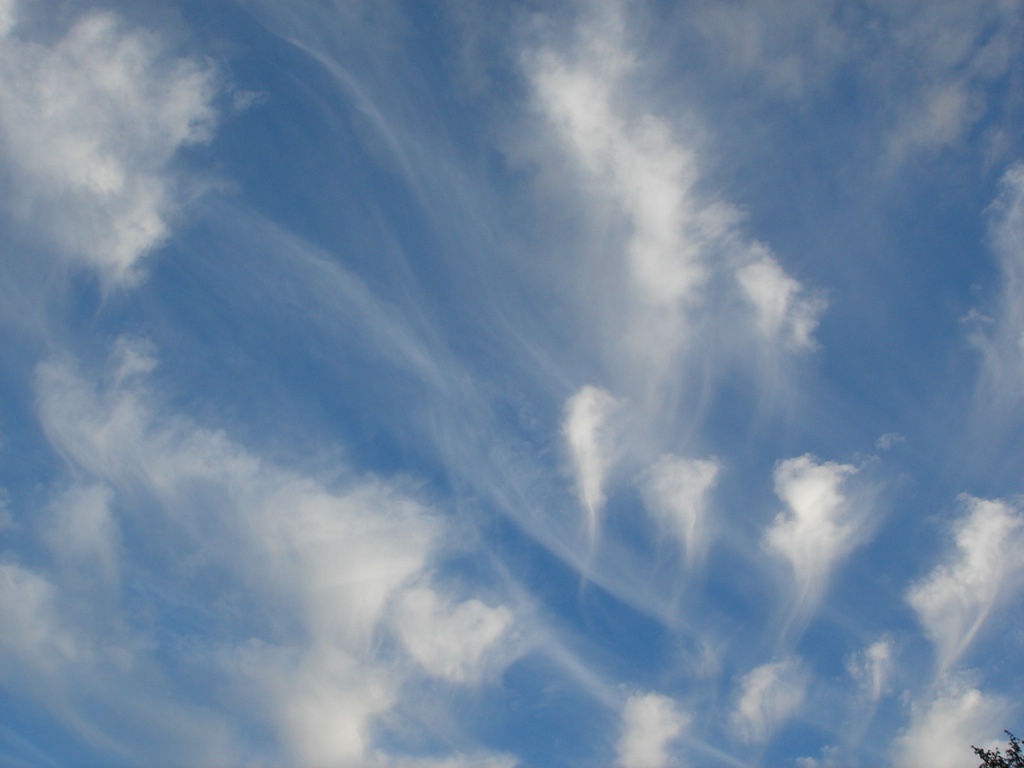
Allowing Time to Learn
Time is redefined in these surreal and challenging times. Normal work schedules may have evaporated or accelerated. and family needs may have shifted to a new gear. Anxiety can be accompanied by a sense of urgency and rush. Unstructured time can untether us from our previous coping strategies. It’s hard to recall the day of the week, or how long we have been in this slow motion disaster.
In addition (as if the above wasn’t already too much), we may have to learn new technologies and choose fresh means of calming and enlivening in the spiral between uncertainty and information overload.
We have plenty to learn, and will have to keep on learning in an Accelerated Program. We didn’t sign up for this, but we are enrolled anyway.
From an Alexander point of view, we learn best and most effectively welcome new means if we allow time. “I have time” has a far different psycho-physical outcome (thought/sensation/emotion/movement) than the thought “I don’t have time”. The dynamic pause to allow time and to refuse to rush requires only a moment, although we may have to gently and cheerfully repeat our request to ourselves.
Walter Carrington said in his training course lectures, “You have time to free your neck even if the house is burning down around you”. We can move through these weird days more effectively, and find our best means, if we allow ourselves the generosity of unhurried time, even for a moment.
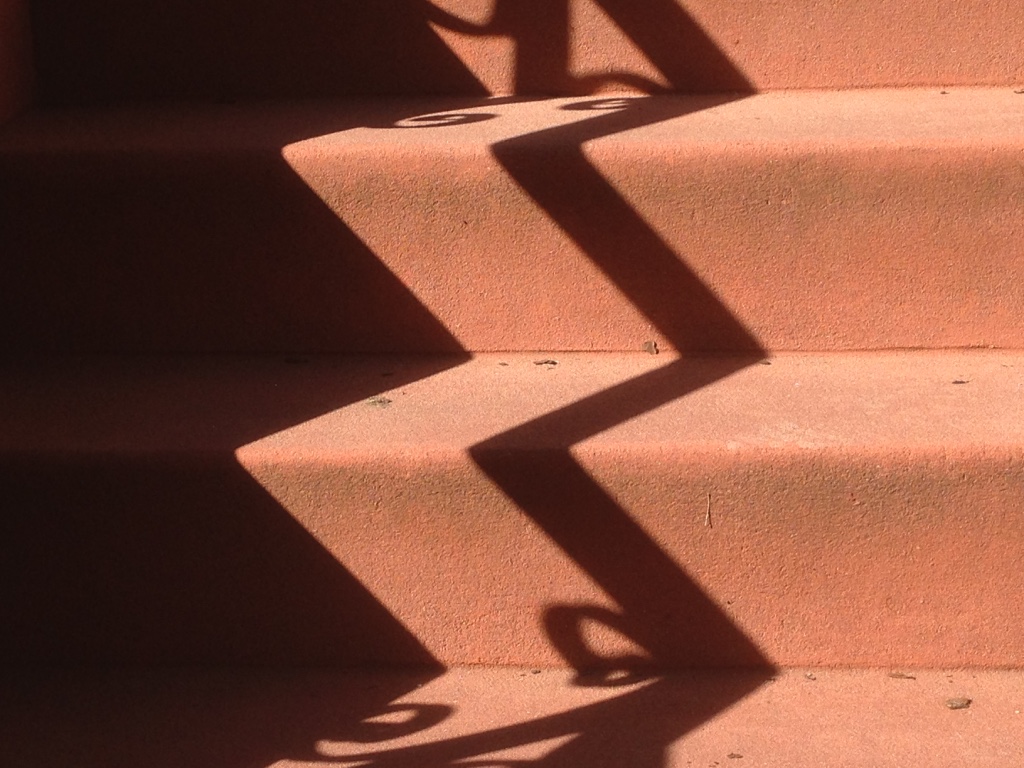
From Undoing to Doing (without doing too much)
Some definitions of terms:
Undoing: a dynamic request for less tension (I have noticed tension and want less)
Doing: indirect activation of balanced tone and support (I want to do something, solve a problem, rise from a chair, write an email, practice my instrument, etc)
Undoing is not deadening or “relaxing”. It is prioritizing lively quiet as our means on the journey toward doing. Doing is not exertion, but an open welcoming of broader support. We welcome the ground and the volume of breath as our ongoing connections.
We can develop a new stamina for active allowance/undoing as the basis of activity. True support is often invisible, and may seem “wrong”, as deeper systems below our perception are activated and external muscles quiet. We may not believe we are “doing” enough, when in fact we were in all likelihood doing too much previously in a habitual manner. Doing too much has become our “normal”.
We have typically learned how to learn from effort, not from ease. Now is a crucial moment to amplify ease as our means. We don’t have to know how an activity happens; we have to know how to get out of the way so the activity can do itself. Happy curiosity (a quality of great usefulness in our current crisis) keeps us from judging/criticizing as we move through our activities. The question becomes one of learning rather than of concluding.
Where is the ground? Where is my attention? How much less can I fix/do/be right?
We are unified fields of self, integrated, inseparable systems of thought, movement, sensation, emotion. If we can bring even a micro-moment of happy curiosity to our life’s activities, we can gain confidence and growing skill in undoing as our means to doing (without doing too much).
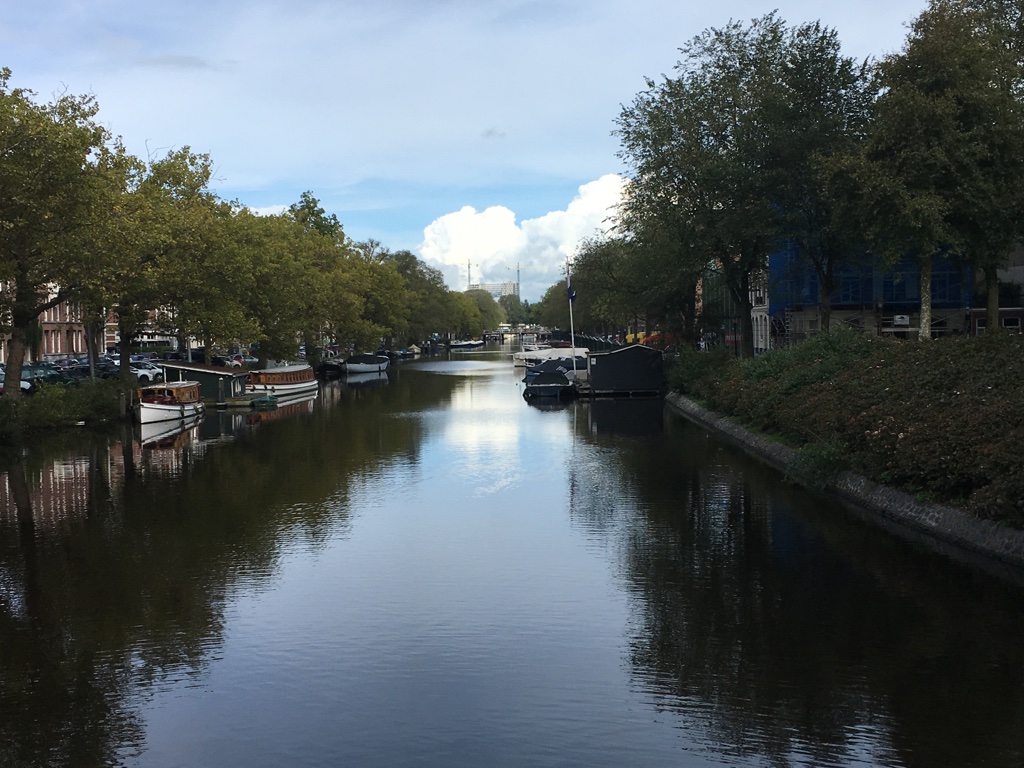
Falling Up in Free Fall
It’s not just each of us in the blur of free fall, it’s all of us. We are in a collective trapeze act as we swoop through the daily uncertainties. Perhaps we can establish some active stillness in the blur, an “instrument of self” safety net of sorts.
A suggested beginning is a generous tenderness toward ourselves that may require reducing news intake. If I can’t allow my limbs to undo out of my back, and my thoughts to easily rise and see the world while taking in news, then it is time to turn news off, leave it unread, switch to music or welcome silence. I want to know enough to be safe and effective for my community, but more than that may be too much just now. If the stimulus of news is beyond my constructive response, then reducing news is a conscious and necessary choice. This is not a report card on my fortitude, but a gentle welcoming of the tender time in which we all find ourselves.
I’d prefer to remain elastic. Less news gives me a chance. I can adjust as needed if I allow a dynamic pause.
In that dynamic pause (not a freeze, or a stop), I can recall that I fall up from the ground, wherever the ground meets me. The less I compress, collapse, tighten, stabilize myself, the more breath supports and expands me, in a rhythm that responds to all of me, everything that I see, hear, think, feel. We are integrated systems of inseparable signal flows, our own trapeze acts of complexity and purpose.
Even pausing for a moment to request “on the ground springing up” as an overall condition can shift our brain state. Gravity is everywhere, ready to support stillness, movement, and breath.
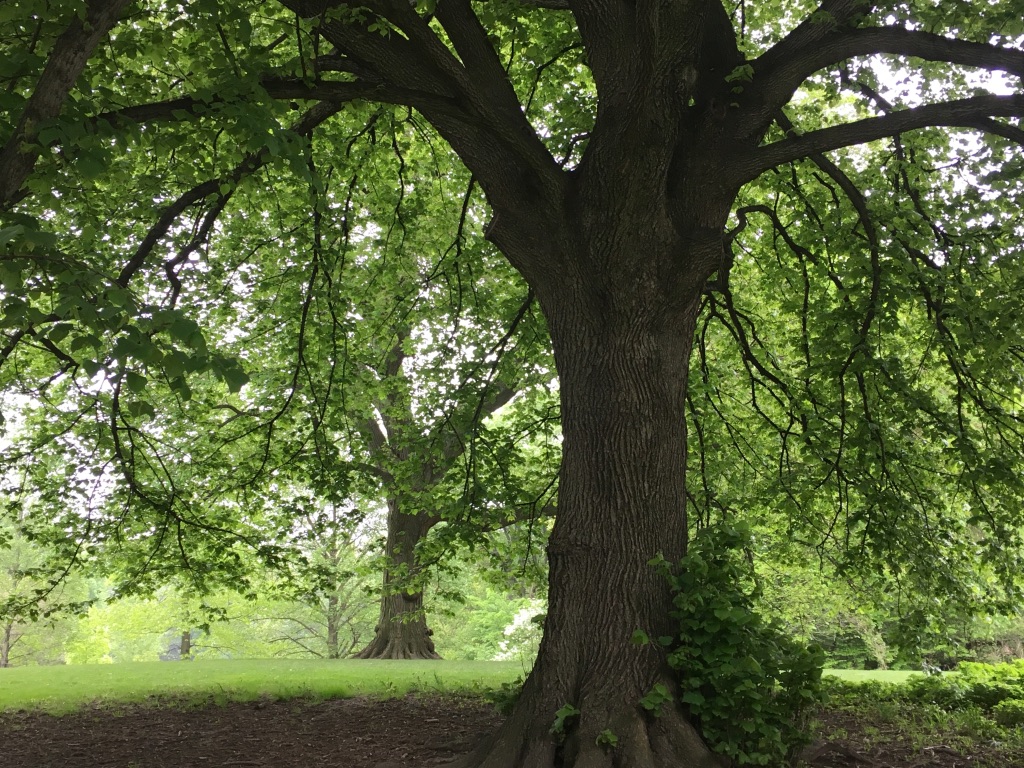
It’s Not What You do, It’s What You Don’t Do
Other than adhering with dedication to physical distancing directives (it’s for all of us, people), there is little effect we can have on how much our lives are dramatically changing. We are surfing in conditions we have never previously known.
Gathering data from experience informs us on how we do what we do, so we can decide not to do what we do, and then a new thing can happen. Let’s say I’d like to reach a vase high on a shelf, and I need to come up on my toes to do that. A dynamic pause gives me a window to notice how much tension and preparation I believe is necessary. Another dynamic pause provides time to cheerfully, non-critically refuse to make those preparations. Maybe I don’t have to do any of what I have now noticed. I see the vase, and my attention leads me up on my toes with invisible support and overall elasticity. The effort I had believed necessary evaporated, and the more interesting work became not making it hard in the way I thought it had to be hard. My means has become a happy curiosity rather than a fear of being wrong.
Refining the instrument of self in daily activity won’t change the upheaval of the times in which we are living, but we may learn how to learn as we hang 10 on the wave. We rise to demand.
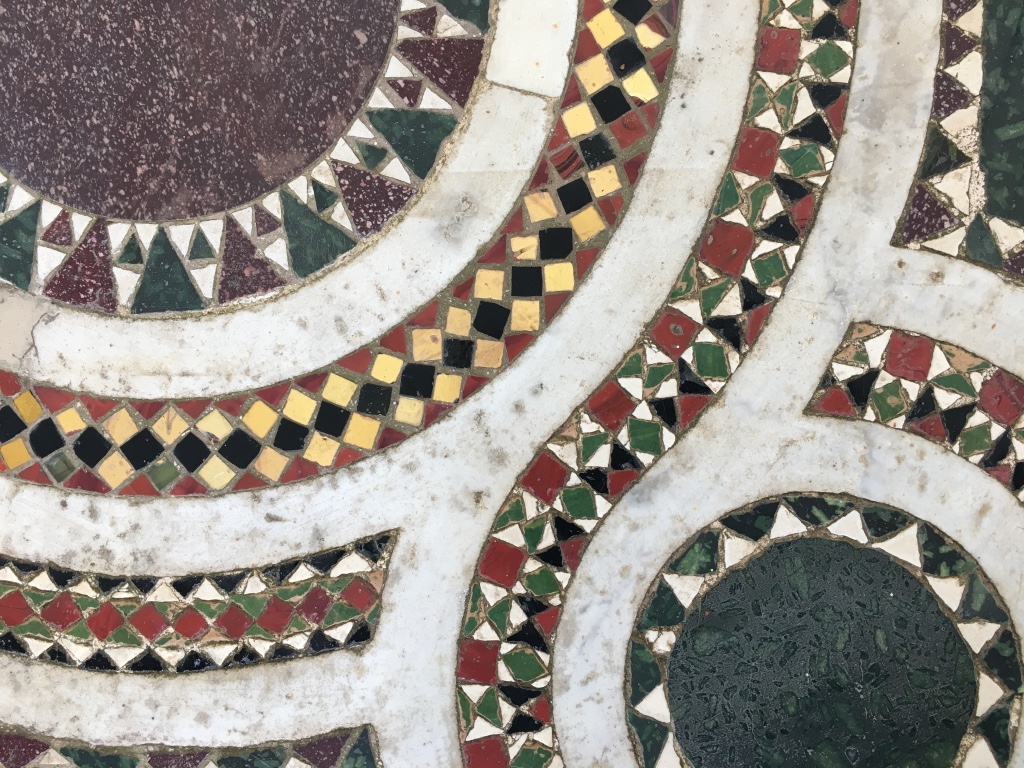
Pace and Space
The rhythm of life has shifted.
Most of us are in reinvention mode, doing our best to construct lives in uncertainty. We have more time but less definition of time, too much distance from family and friends, and not enough space at home. What previously determined our pace/space of living (work, social gatherings, performance arts, the farmers’ market) has evaporated. We are not safely able to be physically close to our neighbors, friends, students, teachers, baristas, but we need one another more than ever. How can we best choose our constructive response?
Pace: I can move quickly on any level (mental, physical, emotional, all connected, of course) without hurrying. I can move slowly without freezing. If I don’t assign a particular value to pace, I give myself the time to allow pace to be determined by intention, attention and the small and large demands of living. I become more of a fluid instrument. My means outweigh my end. as my means are my experience. Rate of movement does not define me. I am a symphony of response to the sensory information of the world. Less of me, more of the heartbeat of the world.
Space: Gravity and the tides of breath support me, allow me a rhythmic flow (air) and a reliable steadiness (the ground). Breath nourishes my big brain designed to solve problems, a full emotional spectrum, and a sense of connection through air to the world beyond me. I undo my limbs out of my entire back (from pelvis to ears), ask for expansive quiet in the brain above my eyes. The volume of self becomes a breath wave, connecting the outside to the inside to the outside to the inside like a tide.
Who is writing this disaster movie anyway, and how do I best play my role? All we have is the instrument of self for connection, construction, creativity. We have a crisis-tunity to shift concepts of pace and space, so we can bring our best, most elastic selves to the drama and the symphony. We all play a part. We can welcome new pace and space for the best outcome for all
